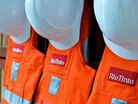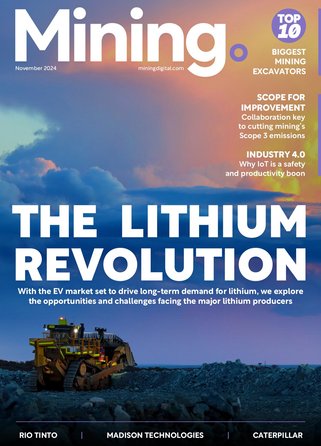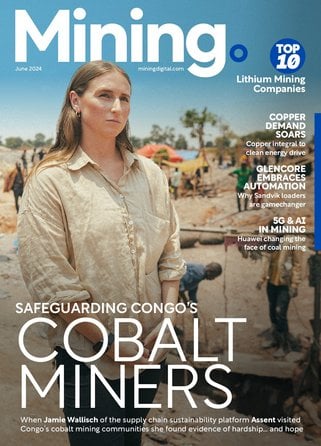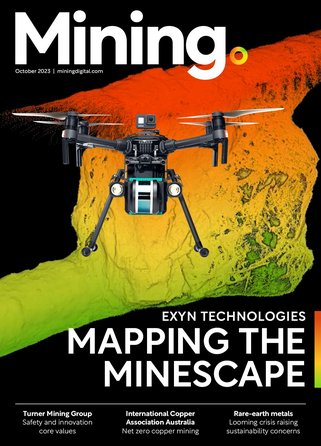[VIDEO] Unlocking Rio Tinto's success

Rio Tinto is one of the largest and most diverse metals and mineral mining companies in the world. Headquartered in London, the company specializes in major products such as aluminium, copper, diamonds, gold, industrial minerals, iron ore, thermal and metallurgical coal and uranium, with operations across the globe.
For more than 140 years, Rio Tinto has been mining the Earth’s mineral resources to unlock the products that make modern life work. The company utilizes some of the most cutting-edge technology and machinery available, while implementing forward-thinking strategies with host communities to work in harmony to deliver results.
• REPORT: Rio Tinto to Develop the Biggest Iron Ore Mine in Australia
“Rio Tinto delivers sustainable shareholder returns from our portfolio of world-class assets. In doing so, we are creating value for many of our partners and host communities around the world,” the company declares on their website.
Rio Tinto's vision is simple: Be a company that is admired and respected for delivering superior value, as the industry’s most trusted partner.
"Our operations give us the opportunity to create mutual benefit with the communities, regions and countries in which we work, and our metals and minerals are transformed into end products that contribute to higher living standards."
Learn more about Rio Tinto here.
- Who is Rio Tinto’s New Chief Executive Officer Simon Trott?Operations
- Rio Tinto to Acquire Arcadium Lithium for $6.7bnSupply Chain & Operations
- Rio Tinto, BHP & Glencore 'Feeling the Pinch on Copper'Supply Chain & Operations
- Rio Tinto Brings Simandou Guinea Iron Ore Saga to EndOperations



